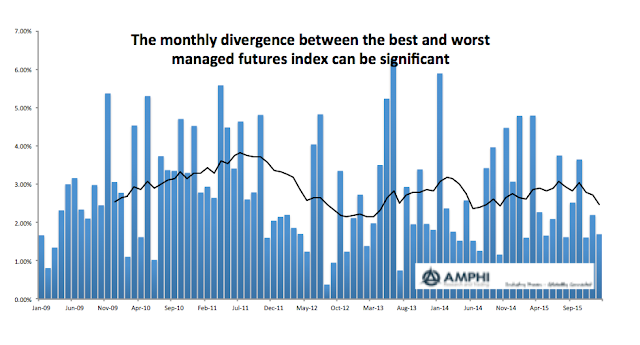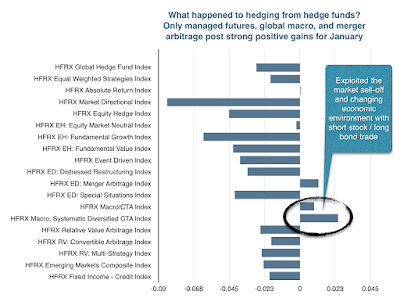There are a number of reasons for holding international bonds. It will be some variation on diversification, but as yields have fallen the risks have changed.There is no yield cushion, so investors are making a directional view on rates and currencies. If you don't have a view, there is no reason to hold international bonds.
Look at the Bloomberg Sovereign Developed Bond index ex US as a simple benchmark. The current yield to worst is 45 bps compared with the index yield with US bonds of 72 bps. Investors are losing close to 30 bps by going outside the US. The OAS to US Treasuries is 22 bps for a portfolio of AA- credits.
A table of yields since 2010 at the end of February compared with the dollar index volatility for 100 days shows a decreasing ratio of yield to FX risk. FX volatility is higher and the yield cushion is lower. The yield to worst has fallen 150 bps in six years. The yield covers 5% of one standard deviation in FX risk. The numbers are worse if you are buying new issue bonds in the EU or Japan. Clearly, you don't have to discuss a dollar safety strategy. Foreign investors get better yield from holding US bonds. Investors are taking on FX risk and interest rate risk and not receiving any yield for the "diversification".
Investors may want to hold foreign bonds if there is a view that the Fed will raise rates relative to the rest of the world, but then there will be the expectation that the dollar will strengthen on better US growth and the positive interest differential. The investment call is based on relative monetary policy and the expected reaction in the FX markets, duration risk versus the impact of FX flows.






























